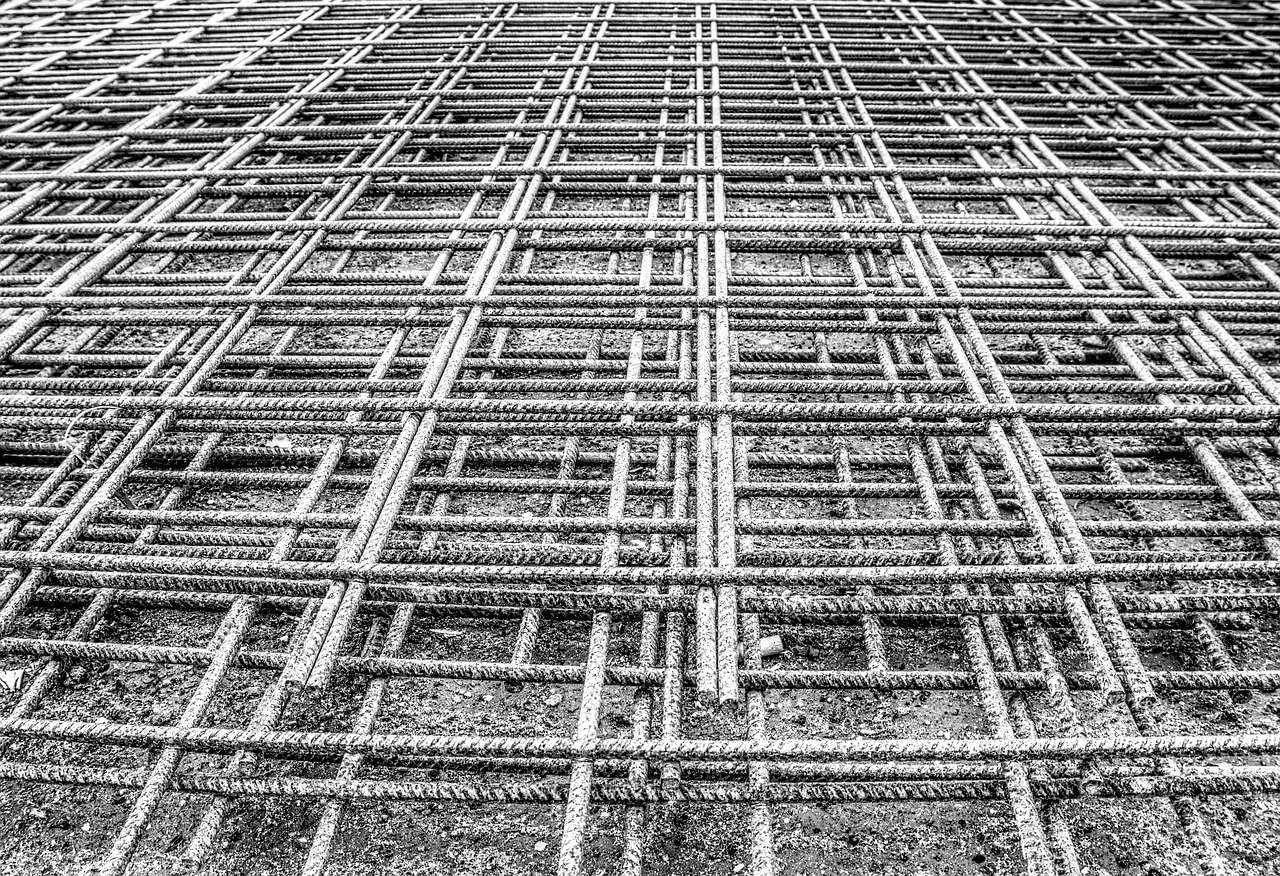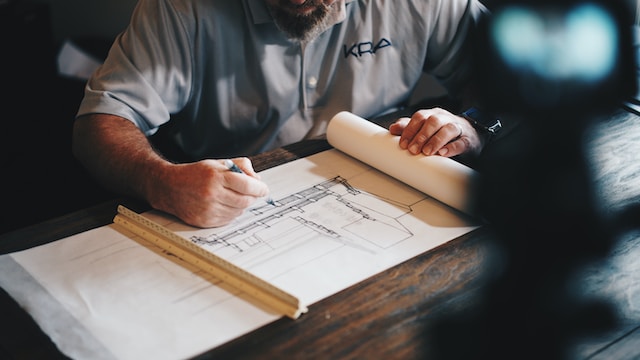Building a house is the best investment you can make for yourself and your family. However, actualizing your dream house is a tricky and lengthy process that requires you to choose the location, contract an architect, choose materials and roofing design, and above all, stick to your budget.
While all these are important, having a solid foundation for your house is crucial as it determines its ability to withstand weather elements, like storms and floods. Thus having a solid foundation translates to having the support and strength needed to support the rest of the building for eternity. Below are factors you need to consider if you want a strong foundation for your building.
1. Foundation Design
While designing the rest of the house, you must ask your architect to design a strong foundation for your house. The design will depend on the house you plan to build, a mansion or a bungalow. It will also depend on the building materials you are using and your plans.
For instance, your current budget might only be enough for a bungalow, but you might want to transform it into a mansion in the future. Therefore, do not lay the foundation for a bungalow because when you decide to transition to a mansion, the foundation will not be solid enough to support several floors. So start with a strong foundation for your future goals.
2. Soil Condition
After you’ve designed your future home and identified the location of your build, you must have the soil condition inspected. The soil determines the type of foundation to lay down. There are two types of foundations, shallow and deep foundations.
Shallow foundations are best for moderate-height buildings and dry lands. On the other hand, deep-rooted foundations are best suited for stacked buildings and require firm layers to be placed deep inside the ground.
If soil inspection is skipped, you might have an unstable building in the coming years. Therefore, have professionals and construction engineers inspect the soil and suggest the best form of foundation to use.
3. Excavation and Grading
Before laying the foundation, all the pebbles, twigs, roots, and small stones should be removed from the surface to avoid hampering the foundations. If there is waste material present when laying the foundation, it might impair the slope of the building. Therefore, contract an excavator to conduct the dig.
4. Survey and Install Footings
After ensuring that everything is ready and there are no unwanted materials, you can install the footing. This involves pile driving in the case of complex foundations like bridges and cofferdams or pouring concrete into the trenches or wood form to create a foundation for buildings. The amount of concrete depends on the foundation you want and the soil condition.
While concrete alone is sufficient, it wouldn’t hurt to reinforce it using steel bars to add strength and prevent cracks after pouring the concrete; level it up to ensure that there are no air gaps, as it will lead to crack development in the future.
5. Proper Drainage and Apply Sealant
Once you’ve finished installing footing, don’t forget to install drainage. This helps you avoid issues down the line. To install an effective drainage system for your foundation, you must place drainage pipes in the trenches before pouring the concrete. It’s best to do it in phases to ensure that your slabs have efficient drainage.
Once you’ve installed footings and the drainage system, you must apply the sealant to protect your foundation from moisture. It would be best to search and determine the best sealant. Your construction engineer will provide you with the best options.
A high-quality sealant is essential; let your concrete foundation cure before proceeding with the building.
6. Budget
Building a foundation for your house will eat away your funds as there is a lot to be done, from soil inspections to designing and laying down the concrete. As such, you must set aside sufficient funds to cater to the cost as you don’t want to run low when you are halfway through.
Therefore, before deciding on your build, sit down with an architect and a construction engineer and come up with the estimated budget required for your building. They’ll also advise you to have funds set aside for miscellaneous expenses.
Working with experts guarantees excellent results; the best part is they adhere to your budget and timelines.
7. The Risk It Poses to Neighboring Structures
When choosing a location for your building, you must consider the risk it poses for the adjoining structures. For instance, the excavation and dewatering process can cause damage to the foundation of the neighboring buildings. So when doing these activities, you must be extra cautious, as you could be sued and pay heavy fines for damages.
8. Foundation Inspections
After building a solid foundation, you must have an expert conduct inspections. Even after commencing your building, have the inspection done regularly to pinpoint any defaults on time and have them fixed.
It’s also recommended that you conduct an inspection the first few years after finishing your building and settling in. This is because, within this period, your building will be going through various stages of settling, and how it handles them determines its lifespan.
Benefits of a Strong Foundation
- Great support for your home
- Keeps moisture out of your house
- Keeps your home stable by resisting moving
- Acts as an insulation
- Keeps insects like termites, critters, and bugs that live under the soil out of your house
Final Thoughts
Building a strong foundation for your house requires a lot of planning. As it’s not something you can do on your own, it’s best for architects and engineering experts to help you design a beautiful & functional house and customize it based on the location and the soil condition.
A strong foundation is crucial as it offers strength and support to your building. Therefore, ensure that you set a solid foundation from the ground up to avoid future problems.







